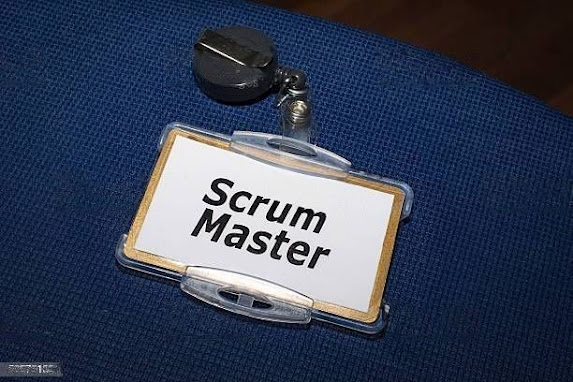Creativity and Time Management
The major and important factors works in business to get achieve continuous improvements are creativity, innovation, preparation, time management as well as some tools that must be to follow while implementing any business. In this article key terms of creativity and innovation are discussed, which are also terms that used in the many management techniques like six sigma, 5 S Lean management, kaizen, kanban and more.
What is Creativity?
Creativity is the ability to produce new and original ideas and things.
What is Innovation?
Innovation makes the idea practical and usable.
The innovative activity in any business enterprise depends upon the creative contributions of its members. It also depends upon how the organization taps the creativity of its talented members.
How are the creative thoughts generated?
There are following points through the new thoughts generated.
- New combinations of patterns of existing knowledge.
- Association of ideas, often from widely different spheres of learning.
- Redefinition of a problem.
- Mutual stimulation between persons with different intellectual backgrounds.
- Freeing of mind from constraints of logical rational thought process.
What is Preparation?
Preparation means building knowledge foundation and skill base in a chosen field.
A wide breadth of interest and familiarity with aspects of another field is more helpful to the individual than exclusive concentration on specialty.
Characteristics of creative people:
- Optimistic about future
- Open to alternatives
- Day dreamers
- Highly curious and observant
- Independent thinkers
- Good at turning innovative ideas into practical solutions
- Take action and make things happen
- Adventurous with multiple interests
Barriers to creativity:
- Be as practical as you can
- Follow all the rules
- That is not logical
- I am not paid to think
- Someone else may already be doing it
- To make a mistake is wrong
- If I share my ideas someone else may steal
Time management
Time has emerged as a dominant dimension of global competition, fundamentally changing the way the organizations compete. The traditional cost based competition is defenseless against organizations that can provide products and services with the most value for the lowest cost and fastest response time. Organizations world over are changing the rules by developing reengineered processes that are simpler, faster and have world-class quality.
Customers now penalize suppliers that infringe on their time, whether through delays, mistakes or inconveniences. Today's customers demand operations that are airborne, on-line and real- time. Soon is not the answer the customers want to hear. They count the speed of response time as a Key Value Dimension. Their directive to the market place is loud and clear - continuously shrink the interval between our need and when you can fill it - qualitatively.
An important method of doing continuous improvement is to eliminate non-value adding activities from the organization. Mismanagement of time constitutes one of the most important reasons of failure of improvement initiatives in any organization.
An important method of doing continuous improvement is to eliminate non-value adding activities from the organization. Mismanagement of time constitutes one of the most important reasons of failure of improvement initiatives in any organization.
Tools for continuous improvement
- Flow charting and process analysis technique
- Root cause analysis
- Quality Function Deployment
Flow charting and process analysis technique :
Flow-charting provides the basis for understanding the standard process procedures, the relationship between people and work to be done. Flowcharting is a very good tool for understanding and identifying process bottlenecks such as delays, excessive transportation, waiting time and queuing time. It also identifies key customers, suppliers and process owners by operational work unit, performance level, quality level and productivity at each process point. Flow charts can also identify source of errors, decision points and non-value adding operations.
Root cause analysis :
In any organization numerous problems exist in all facets of its activities. The efficiency and survival of the organization depends on how promptly these problems are recognized and their root causes are isolated and eliminated.
A systematic analysis of each potential problem area should be carried out to recognize the root causes, which are responsible for creating the problem. Such analysis is called Root Cause Analysis.
Cause and effect diagram (also known as ishikawa diagram or fishbone diagram) is an analysis tool to analyze many potential or actual causes of a problem in a systematic way. It is a very effective way of improving the quality of the product or service.
Voice of the customer:
Business is usually started because their founders recognize a customer need and believe that they can satisfy it better than other companies. At the time of fresh start, the product may be unique to the industry and have competitive advantages.
No matter how effectively a company meets the initial needs of the customers, it must remain constantly alert and responsive to the changing needs of the customers. Because if the company is not responsive to these changing needs, the passage of time will erode the early competitive advantages.
Quality Function Deployment :
QFD is a scientific technique for translating the voice of the customer into development of products and services. It is a complete product planning process as opposed to problem solving and analysis. The technique was invented by Akashi Fukuhara of Japan and first applied with very good results at Toyota.
The whole process of the QFD can be linked to GIGO (Garbage in garbage out). This is because, if the voice of the customer has not been captured properly, the final product will also not be the one actually desired by the market place. It is therefore extremely important to capture the correct voice of the customer before taking any other step in the QFD planning process. We will explain this by the forthcoming example of new car development.




Comments
Post a Comment